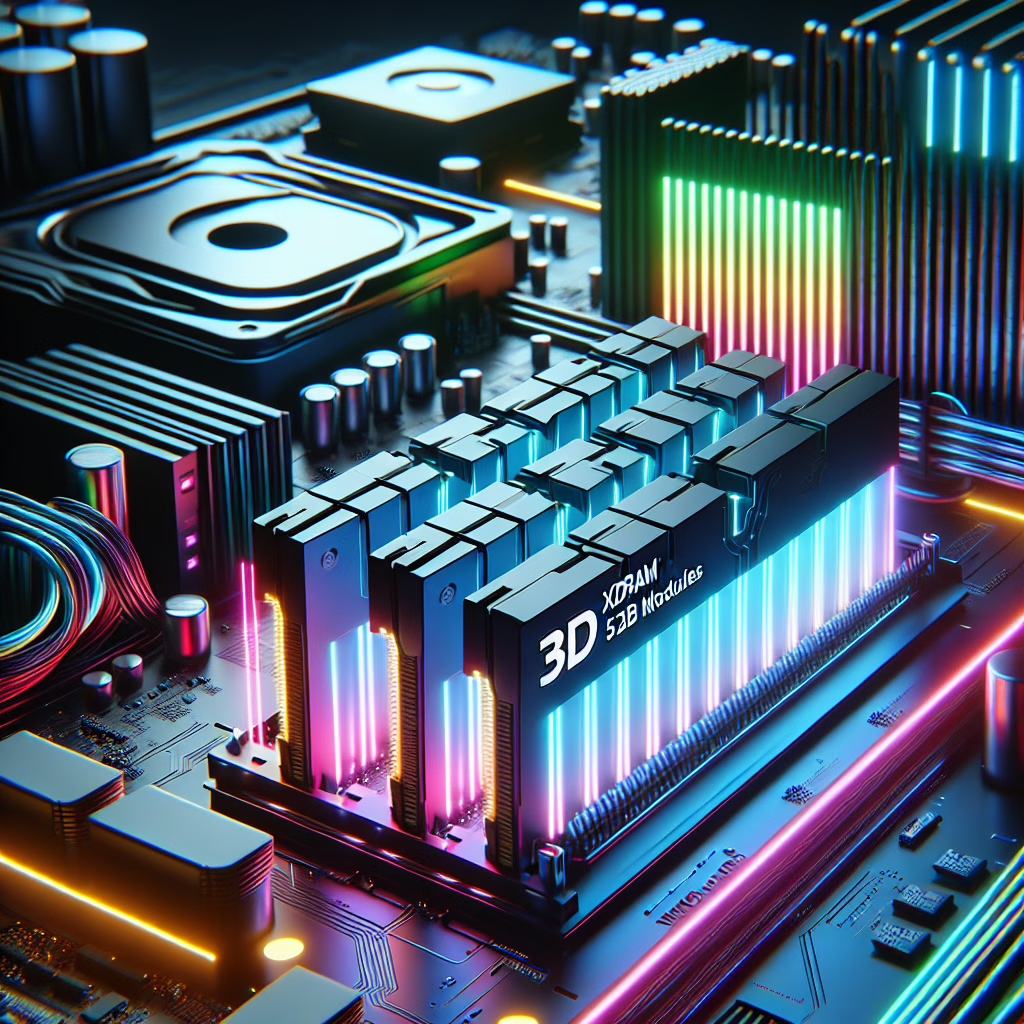Welcome to the future of memory! Buckle up as we dive into the world of 3D XDRAM technology. By 2026, this magical memory marvel promises to offer us bigger and faster options than ever before. While it might sound like something out of a sci-fi movie, it’s very real and ready to change how we interact with our devices. And yes, we’re talking about those glorious 512 GB modules that have tech enthusiasts drooling!
The Rise of 3D XDRAM Technology
First things first: what exactly is 3D XDRAM? In simple terms, it’s a supercharged version of standard DRAM (Dynamic Random Access Memory), stacked vertically to create more space without needing additional surface area. Think of it as a skyscraper for your memory! This advanced stacking technique allows manufacturers to significantly boost capacity and speed. It’s not just about making things taller; it’s about making them better.
As we all know, speed is the name of the game in technology. Today’s apps are demanding more from our devices than ever before. The days of waiting for your video game to load or your computer to boot up are quickly becoming a distant memory—thanks to the wonders of 3D XDRAM. With speeds reaching up to 1 TB/s (yes, you read that right!), users can expect their devices to perform like lightning. It’s like upgrading from a bicycle to a Ferrari!
Why Consumers Might Not Get Those 512 GB Modules
Now, before you start dreaming about filling your home with 512 GB modules, let’s pump the brakes for a moment. While these memory giants will indeed be available in the market by 2026, there’s a catch—pricing! Manufacturers usually target high-performance sectors such as data centers and gaming rigs when launching new tech innovations.
You see, companies love their bottom lines more than they love you. So, while you might be picturing yourself playing the latest AAA game with all settings cranked up to ultra, the reality is that these modules might come with a price tag that would make even Scrooge McDuck hesitate. Expect these beauties to be priced in a range that only serious tech aficionados can afford. Even with their impressive capabilities, few average consumers will be able to justify such an investment.
The Bright Side: Potential Uses Beyond Consumers
Don’t despair just yet! Even if you’re not loading up on 3D XDRAM for your home computer anytime soon, this technology will have ripple effects across various sectors. Imagine the possibilities in artificial intelligence (AI), virtual reality (VR), and other high-demand applications. These industries could see revolutionary changes thanks to the enhanced speed and capacity that 3D XDRAM provides.
- Faster Processing: AI algorithms will run at lightning speed, transforming industries.
- Smoother VR Experiences: Virtual reality environments will become immersive like never before.
- Better Data Handling: Quick access to large datasets will enhance productivity across sectors.
If that doesn’t get your tech-loving heart racing, what will? It’s safe to say that while consumers may not be the primary target initially, advancements in these technologies will benefit all users in one way or another.
The Future Looks Bright!
The future of memory technology is undoubtedly exciting! With 3D XDRAM, we’re looking at a world where speed limitations become a thing of the past. As developers push boundaries and innovators find new ways to utilize this technology, our digital lives will become even more seamless and enjoyable.
So, whether you’re daydreaming about owning those fancy 512 GB modules or simply reveling in the knowledge that they exist out there—know that technology is always evolving. The integration of 3D XDRAM into everyday devices will lead to improvements we can only imagine right now. Keep an eye on this space because who knows? One day, you might just find yourself upgrading your humble home computer into a powerhouse!
If you’ve enjoyed this journey into the future of memory technologies or have some thoughts on how 3D XDRAM could impact your life by 2026, feel free to share your musings below!
A special thanks to TechRadar for inspiring this article on 3D XDRAM technology.

